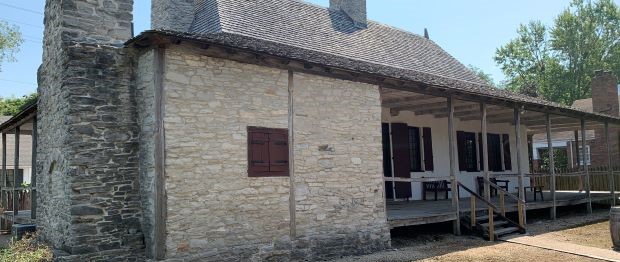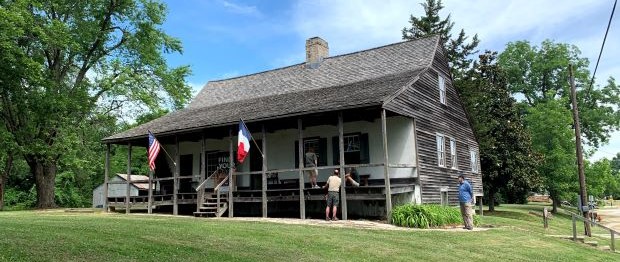
Ste. Geneviève National Historical Park
- By 1804, an odd mixture of French and Spanish law in developed in the region around Ste. Genevieve. This made the communities more akin to democratic New England than to France or to Canada.
- The early melding of various cultures in the town sparked many changes in the local language. In many cases, residents created new words for common objects, many of them borrowed from the African and Indian inhabitants.
Ste. Genevieve National Historical Park became the 422nd unit of the National Park Service in the fall of 2020. The site celebrates the unique culture, heritage and architecture of the 18th century town of Ste. Genevieve, the first permanent European settlement in Missouri.
The town was established in the 1750s by French colonists when the territory west of the Mississippi River was part of French Louisiana. Americans (many of German heritage) arrived in the early 1800s, along with African Americans, Creoles, Spaniards and Native American populations, creating a true melting pot of cultures.
Ste. Genevieve’s most notable claim to fame is its concentration of early French architecture. It is home to three of the five surviving poteaux-en-terre (post in ground) buildings in America. This unusual construction features walls made of vertical logs rather than the more traditional horizontal log structure used elsewhere.
Visitors can explore these and other historic structures when they tour Ste. Genevieve, and can immerse themselves in French culture, cuisine and artifacts from another era.
What JNPA Does Here
JNPA operates the bookstore at the Ste. Genevieve welcome center. Proceeds from store sales support the park’s educational programs and exhibits.








